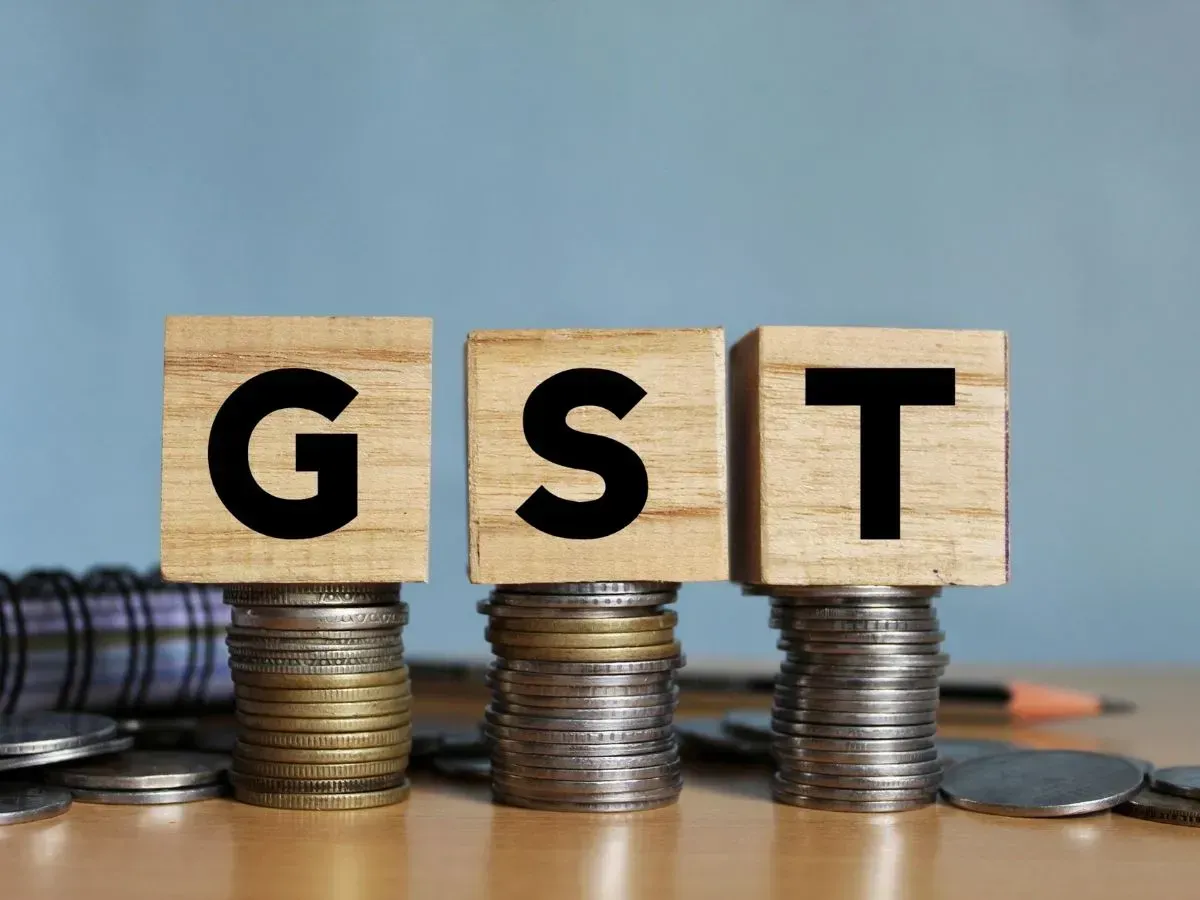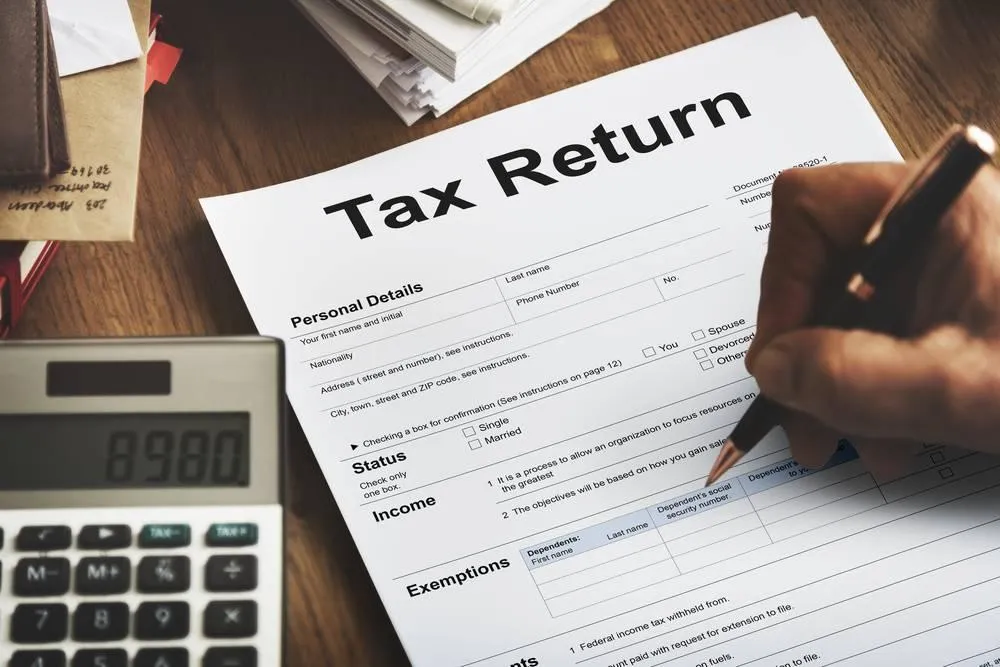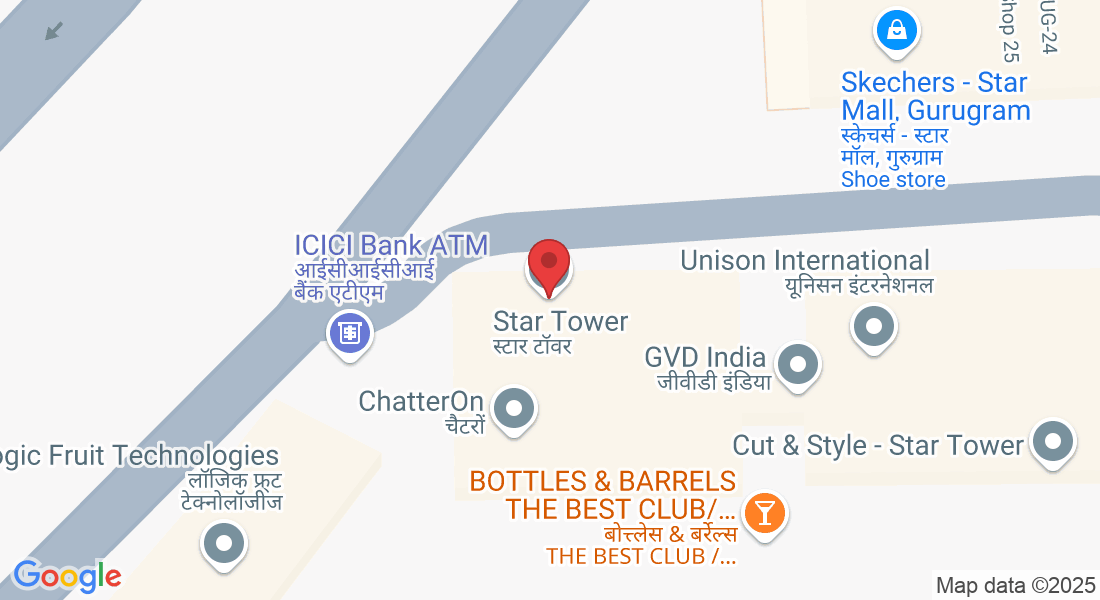Streamlined Compliance
We handle your finance, tax, and legal compliance, letting you focus on growth. Our experts deliver audits & filings to safeguard your success.
Streamlined Compliance
We handle your finance, tax, and legal compliance, letting you focus on growth. Our experts deliver audits & filings to safeguard your success.
About
We Have Decades of Cross-Functional Experience in Finance, Legal & Compliance
At KMG, we are more than just consultants — we are your trusted growth partners. With deep domain expertise across finance, taxation, law, and audit, our dedicated team supports businesses, investors, and startups in navigating complex regulatory and operational landscapes.
Multi-disciplinary Expertise (CA, CS, Lawyers, MBAs)
Proven Track Record with Startups, VCs, & Enterprises
Transparent, Strategic, and Execution-Focused
Compliance-Driven, Outcome-Oriented Approach
Our Clients






























Service
What Service We Offer



Due Diligence Services
Click to view

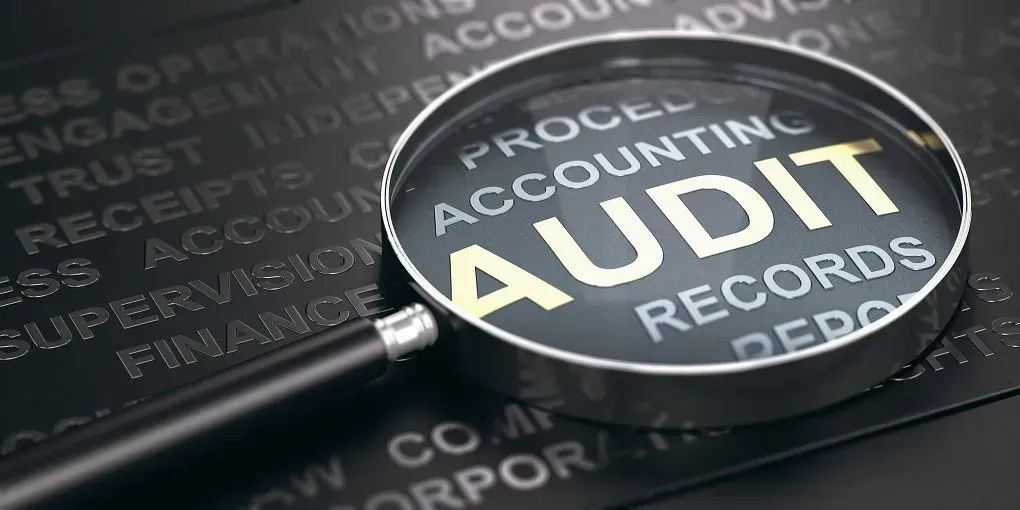
Service
What Service We Offer

Due Diligence Services
Click to view
Testimonials
Trusted by Startups, Investors & Enterprises
Across India and Beyond






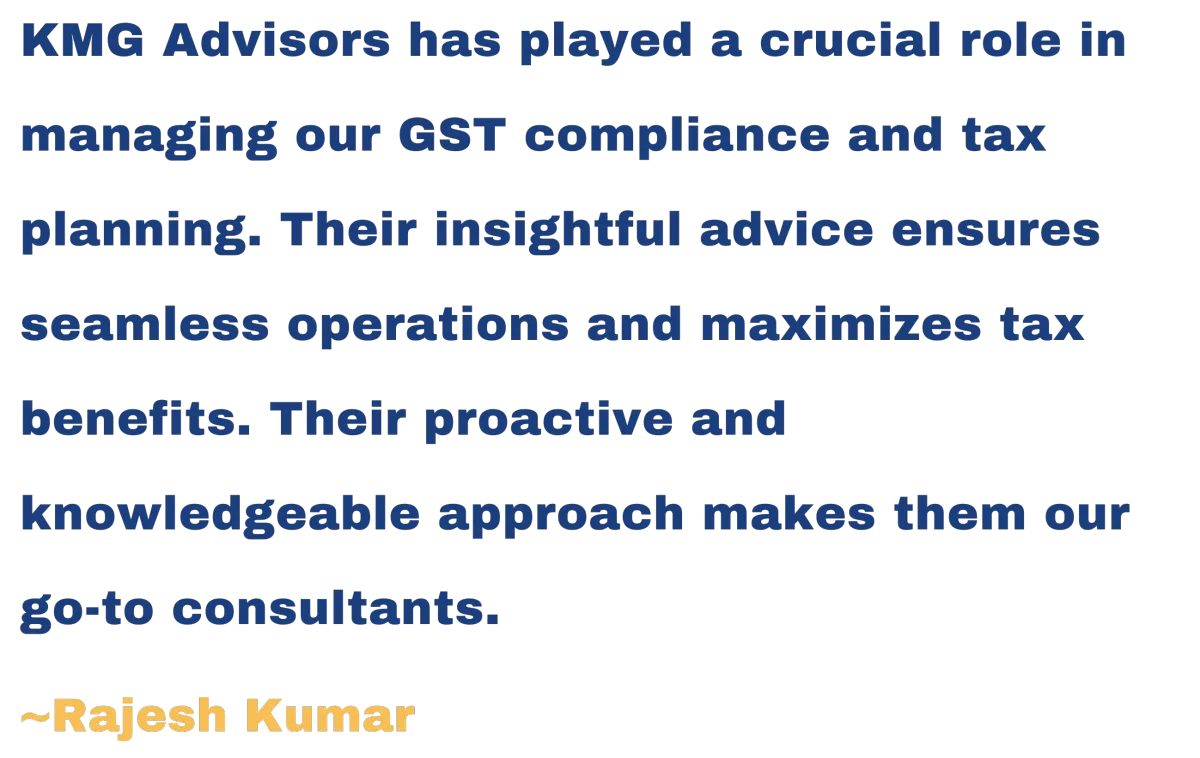

FAQS
What services do you offer?
Comprehensive financial services—from bookkeeping and tax planning to compliance and personalized advice—designed for individuals and small businesses.
How much do your services cost?
Our pricing is flexible and based on your needs. Get in touch for a personalized quote and transparent cost breakdown.
How do you ensure the security of my financial data?
We prioritize your data security with cutting-edge protection, strict compliance, and ongoing staff training—ensuring your information stays safe and confidential.
Our Team
Meet Our Professional Team
Gallery







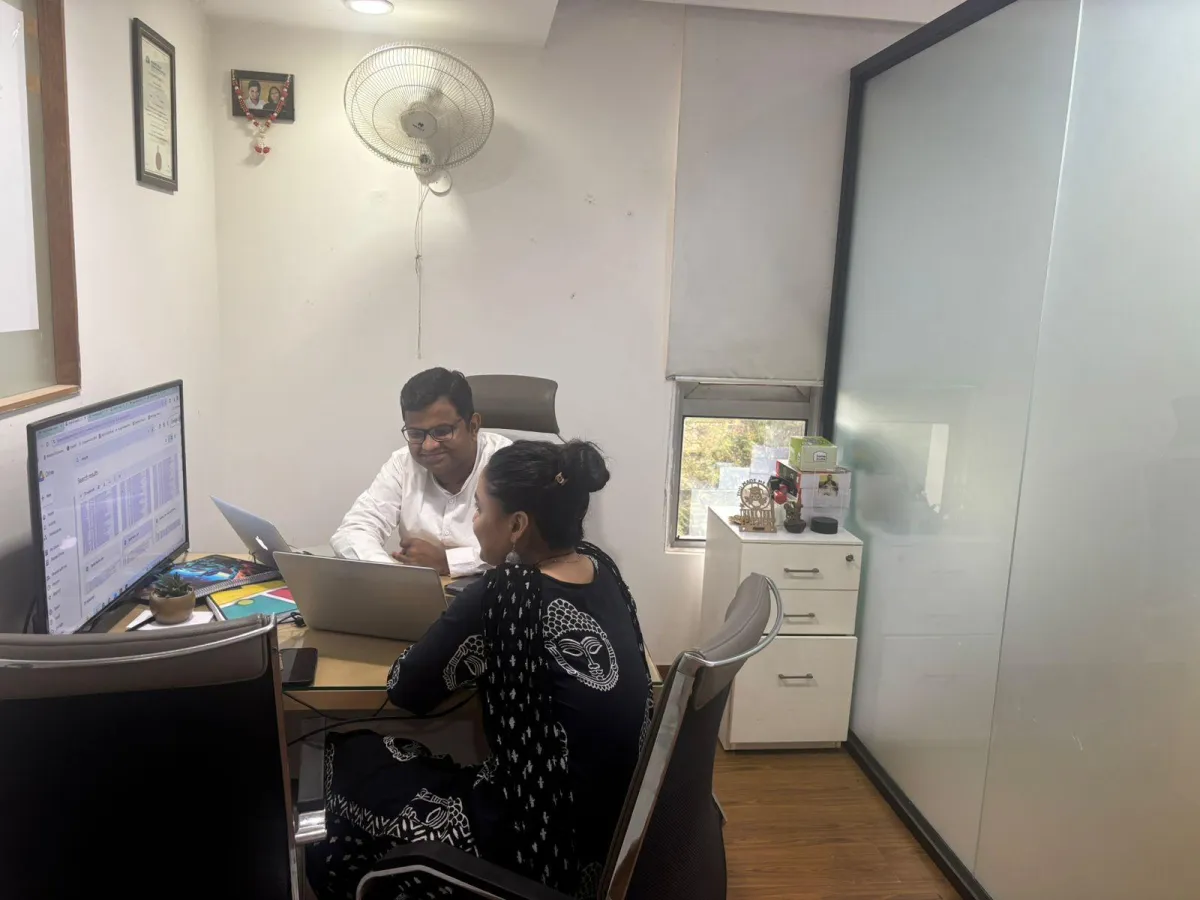





GANESH KANODIA
Co-Founder & Director
(Taxation Head)
(B.Com, FCA)
Ganesh Kanodia, a Chartered Accountant, holds 10+ years of experience in GST and Income Tax advisory, litigation, and tax planning. Leads due diligence for fund raises and strategic deals. Known for financial insights and stakeholder trust, he also teaches at NGO events and study circles across India, contributing to knowledge-sharing and industry growth.

PRASHANT KUMAR GUPTA
Co-Founder & Director
(Legal and Secretarial Head)
(BSc, FCS, LLB)
Prashanth Kumar Gupta, Company Secretary and law graduate, brings over a decade of experience in legal advisory, M&A, and compliance. He is well-versed in SEBI, FEMA, POSH, and NCLT matters. Prashanth also mentors future professionals as a visiting faculty at ICSI, offering deep insights in corporate law, governance, and regulatory frameworks.

RAHUL GUPTA
Risk & Assurance Head
(B.Com, FCA)
Rahul Gupta, a Chartered Accountant with 10+ years of experience, specializes in statutory, internal, and transfer pricing audits, along with risk management. He is adept in finance and tax due diligence, especially for high-growth digital and e-commerce businesses. Also serves as a visiting faculty for NGOs and study circles across India, contributing to industry learning and development.

SHARAD MAHESHWARI
Co-Founder & Director
(B.Com, FCA)
Sharad Maheshwari, a Chartered Accountant with 10+ years in direct tax, specializes in tax planning, advisory, and compliance for individuals and businesses. Skilled in international taxation, he enables global tax efficiency. Sharad regularly teaches at respected institutes, enhancing understanding of complex tax systems across India.
GANESH KANODIA
Co-Founder & Director (Taxation Head)
(B.Com, FCA)
Ganesh Kanodia, a Chartered Accountant, holds 10+ years of experience in GST and Income Tax advisory, litigation, and tax planning. Leads due diligence for fund raises and strategic deals. Known for financial insights and stakeholder trust, he also teaches at NGO events and study circles across India, contributing to knowledge-sharing and industry growth.

PRASHANT KUMAR GUPTA
Co-Founder & Director
(Legal and Secretarial Head)(BSc, FCS, LLB)
Prashanth Kumar Gupta, Company Secretary and law graduate, brings over a decade of experience in legal advisory, M&A, and compliance. He is well-versed in SEBI, FEMA, POSH, and NCLT matters. Prashanth also mentors future professionals as a visiting faculty at ICSI, offering deep insights in corporate law, governance, and regulatory frameworks.

PRASHANT KUMAR GUPTA
Risk & Assurance Head
(B.Com, FCA)
Rahul Gupta, a Chartered Accountant with 10+ years of experience, specializes in statutory, internal, and transfer pricing audits, along with risk management. He is adept in finance and tax due diligence, especially for high-growth digital and e-commerce businesses. Also serves as a visiting faculty for NGOs and study circles across India, contributing to industry learning and development.

SHARAD MAHESHWARI
Co-Founder & Director
(B.Com, FCA)
Sharad Maheshwari, a Chartered Accountant with 10+ years in direct tax, specializes in tax planning, advisory, and compliance for individuals and businesses. Skilled in international taxation, he enables global tax efficiency. Sharad regularly teaches at respected institutes, enhancing understanding of complex tax systems across India.



